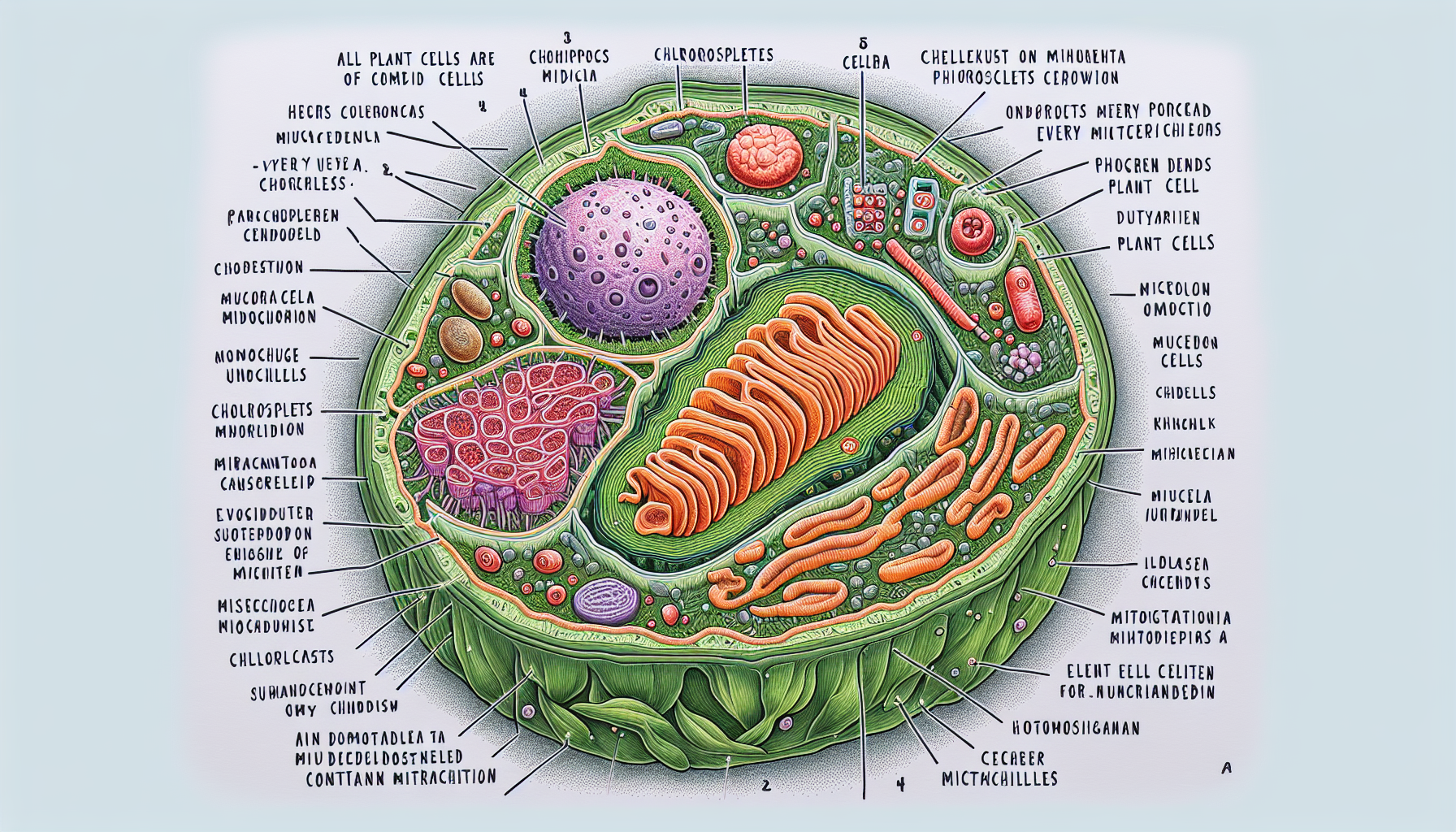
do all plant cells contain mitochondria
Do All Plant Cells Contain Mitochondria?
Plant cells are a fascinating part of the natural world, showcasing a unique structure that allows them to perform photosynthesis and support life on Earth. But a common question arises: Do all plant cells contain mitochondria? The short answer is yes, but there's more to the story. Let’s explore the role of mitochondria in plant cells and why they are crucial for the cell’s survival and functionality.
What Are Mitochondria?
Mitochondria are known as the “powerhouses of the cell.” These organelles are responsible for producing energy in the form of adenosine triphosphate (ATP) through a process called cellular respiration. ATP serves as the energy currency for various cellular activities, from growth and repair to maintaining cell structure.
Why Do Plant Cells Need Mitochondria?
While plants are capable of producing energy through photosynthesis, this process occurs in the chloroplasts and is dependent on sunlight. However, plant cells also require energy during the night or in the absence of light. This is where mitochondria come into play. They ensure a steady supply of ATP by breaking down sugars produced during photosynthesis, even in the dark.
Additionally, not all plant cells are involved in photosynthesis. For instance, root cells lack chloroplasts since they are underground and do not receive sunlight. Despite this, these cells still need energy to carry out their functions, which is provided by mitochondria.
Are Mitochondria Present in All Plant Cells?
Yes, mitochondria are present in all plant cells. Every cell in a plant requires energy to function, whether it's a photosynthetic leaf cell or a non-photosynthetic root cell. Mitochondria play a vital role in energy production, making them indispensable in all types of plant cells. Without mitochondria, cells would be unable to produce the energy required for survival and growth.
The Synergy Between Chloroplasts and Mitochondria
In plant cells, chloroplasts and mitochondria work together to ensure the plant’s energy needs are met. Chloroplasts capture sunlight to produce glucose during photosynthesis, while mitochondria break down this glucose to release energy. This synergy highlights the complexity and efficiency of plant cells in managing their energy requirements.
Conclusion
To sum up, all plant cells contain mitochondria because energy production is a fundamental requirement for cell survival. Whether a cell is exposed to sunlight or not, mitochondria ensure that it has the energy it needs to perform its functions. Understanding the role of mitochondria in plant cells not only deepens our knowledge of cellular biology but also highlights the incredible design of nature.
For more insights into plant biology, check out our related post: How Do Chloroplasts and Mitochondria Work Together?